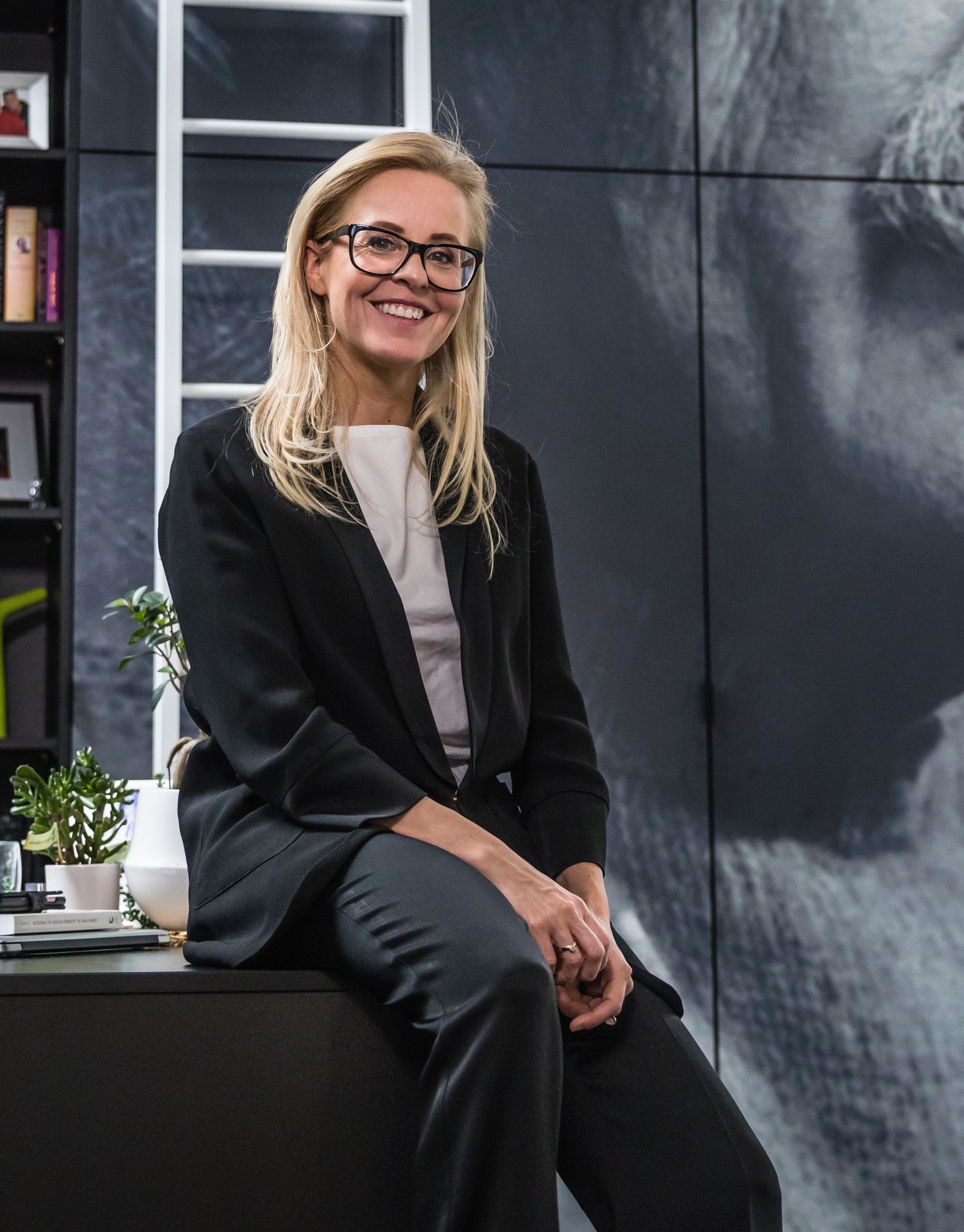Transformatiemanagement voor duurzame groei
In een snel veranderende wereld is stilstand geen optie. Bedrijven die relevant willen blijven, moeten voortdurend innoveren, digitaliseren en hun strategie aanpassen. Dat is waar Anja Driesmans in beeld komt. Met een pragmatische en resultaatgerichte aanpak helpt zij organisaties bij het identificeren van hun pijnpunten en het uitwerken van een heldere transformatieroadmap.
Van inzicht naar actie
Elk bedrijf heeft unieke uitdagingen. Daarom start Anja met een grondige analyse van de huidige situatie:
- Waar liggen de grootste knelpunten?
- Welke processen kunnen efficiënter?
- Hoe kan digitalisatie bijdragen aan betere prestaties?
Op basis van deze inzichten ontwikkelt zij een transformatiestrategie op maat, met concrete verbetertrajecten en realistische doelstellingen.
Strategie, innovatie en digitalisatie
Transformatie gaat verder dan enkel technologische vernieuwing. Het vraagt om een holistische aanpak waarbij strategie, innovatie en digitalisatie hand in hand gaan:
- Strategie: Helderheid scheppen in de koers en doelstellingen van de organisatie.
- Innovatie: Nieuwe manieren ontdekken om processen en diensten te verbeteren.
- Digitalisatie: Slimme technologieën inzetten om efficiëntie en klantgerichtheid te verhogen.
Een pragmatische aanpak
Anja Driesmans staat bekend om haar nuchtere, oplossingsgerichte werkwijze. Geen complexe theoretische modellen, maar een aanpak die direct toepasbaar is in de praktijk. Met haar ervaring begeleidt ze teams bij de implementatie en borging van veranderingen, zodat verbeteringen niet alleen worden bedacht, maar ook écht worden doorgevoerd.
Klaar voor de volgende stap?
Wil jouw bedrijf een transformatieslag maken, maar weet je niet waar te beginnen? Innerness helpt je vooruit. Neem contact op met Anja Driesmans en ontdek hoe een strategische, innovatieve en digitale transformatie jouw organisatie toekomstbestendig maakt.
